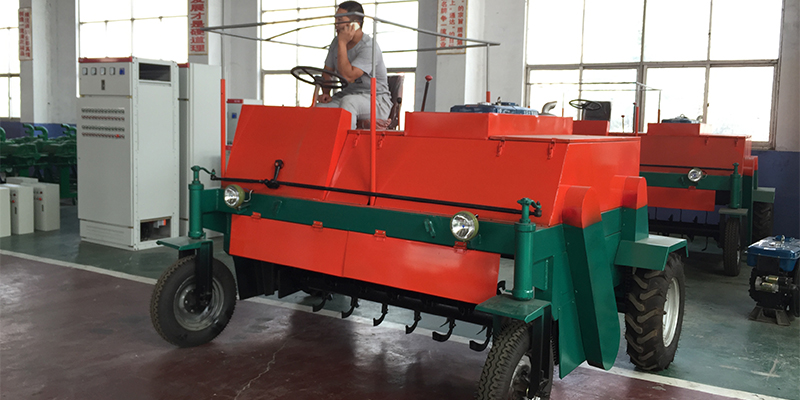How Mushroom Composting Machines Work?

Mushrooms are a popular and nutritious food source that require specific growing conditions to thrive. One crucial component of mushroom farming is composting, which involves breaking down organic materials into a nutrient-rich substrate. To make the process more efficient and effective, many farmers now use mushroom composting machines. But how do these machines work?
Step 1: Loading the Organic Materials
The first step in using a mushroom composting machine is to load the organic materials into the hopper. These materials typically include straw, chicken manure, and gypsum, among other ingredients. The hopper feeds the materials into the machine's grinder, which chops them into smaller pieces.
Step 2: Mixing the Ingredients
Once the organic materials are chopped, they are fed into the mixing chamber of the machine. Here, the materials are combined with water and other additives to create a uniform mixture. The exact composition of the mixture will depend on the type of mushrooms being grown and the specific requirements of the farmer.
Step 3: Heating and Aerating the Compost
After the organic materials have been mixed with water and other additives, they are moved to the heating and aeration stage. The composting machine heats and aerates the mixture, creating an optimal environment for microbial activity. This stage can take several days or weeks, depending on the specific requirements of the composting process.
Step 4: Curing the Compost
Once the compost has reached the desired temperature and moisture content, it is moved to a curing area. Here, the compost is allowed to mature further, developing its characteristic texture and richness. Curing can take several weeks or months, depending on the specific needs of the grower.
Step 5: Using the Compost
Once the composting process is complete, the resulting substrate is used to grow mushrooms. The composting machine can produce large quantities of high-quality substrate, making it a valuable tool for mushroom farmers.
Mushroom composting machines offer several benefits over traditional composting methods. They are faster and more efficient, producing a higher quality product in a shorter amount of time. Additionally, they require less labor and manual effort, freeing up farmers to focus on other aspects of their business.
In conclusion, mushroom composting machines are an essential tool for modern mushroom farming. They provide a streamlined and efficient way to create nutrient-rich compost that is ideal for growing mushrooms. By optimizing the composting process, these machines help farmers to improve yields, reduce waste, and grow healthier, more flavorful mushrooms.

(1)(1).jpg)
 CONTACT
CONTACT